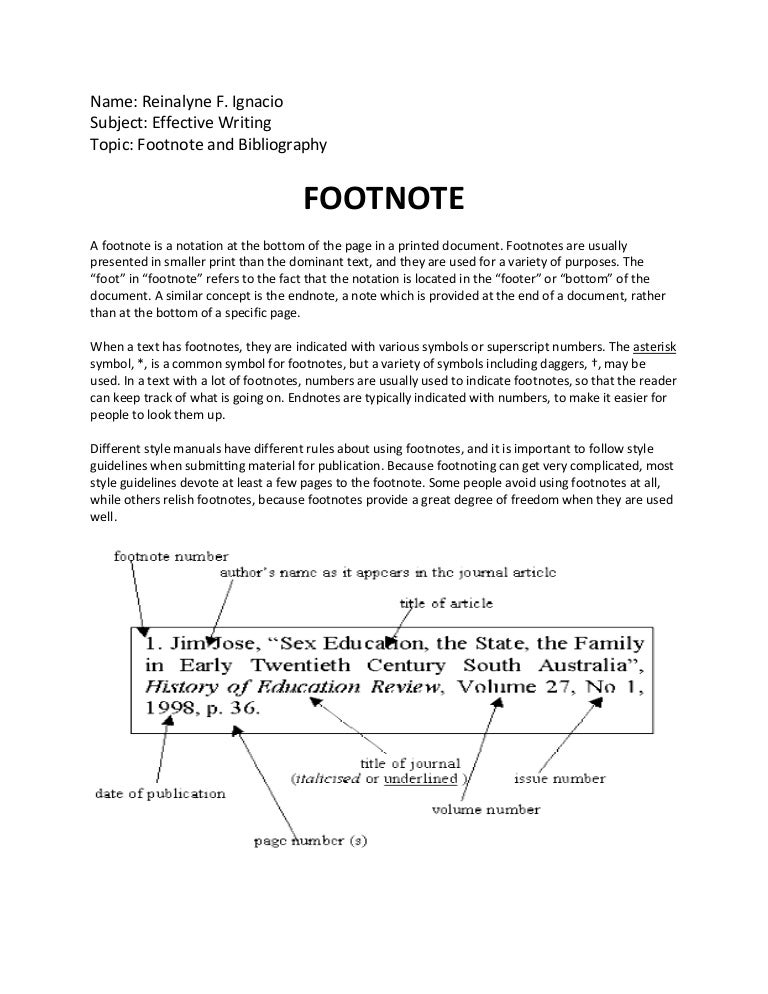
Word inserts a reference mark in the text and adds the endnote mark at the end of the document.Ĭlick the reference number or mark in the body of the text or click Insert > Show Footnotes (for endnotes, click Insert > Show Endnotes ). Word inserts a reference mark in the text and adds the footnote mark at the bottom of the page.

If you’re in Reading View, switch to Editing View by clicking Edit Document > Edit in Word for the web.Ĭlick where you want to add the footnote. Usually, footnotes appear at the bottom of the page, while endnotes come at the end of the document or section. \footnote.Use footnotes and endnotes to explain, comment on, or provide references to something in a document.The \footnote command is the core LaTeX command for creating footnotes and takes two forms: This time-honoured literary device is supported by LaTeX and in this help article we explain the main footnote-related commands and provide a range of examples to demonstrate their use. Introduction to LaTeX's main footnote commandsĪccording to Wikipedia, footnotes were invented by an English printer called Richard Jugge ( c.1514–1577). 4.1 Example: creating table notes using the threeparttablex package.4 Table notes: an alternative to footnotes.3.4 Example: table footnotes via the tablefootnote package.3.3 Example from LaTeX2e unofficial reference manual.3.2 Example: \footnote does not work in the tabular environment.3.1 Should you use footnotes in tables?.2 Examples and applications of footnotes.1.3.1 Example: using \footnotemark and \footnotetext.1.3 The \footnotemark and \footnotetext commands.1.2 Storing the current footnote marker value: LaTeX counters.1.1.1 Example: using the \footnote command.1 Introduction to LaTeX's main footnote commands.


 0 kommentar(er)
0 kommentar(er)
